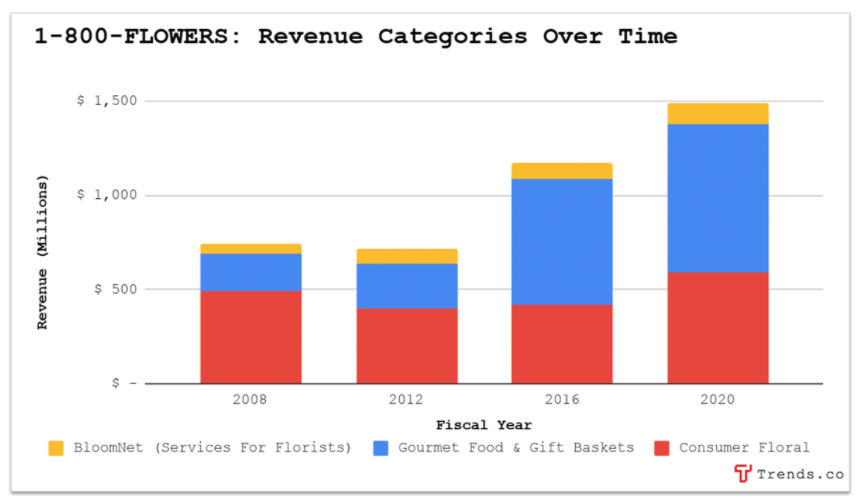9 Tips for Finding Product Market Fit

In the Trends Facebook group this week, subscriber Jay Wa discussed an app he is planning in the legal tech space that could provide “simple, legally-binding contracts on the fly.” But he wants to be sure he’s finding product market fit and asked the group for advice.
Why focus on product market fit? Because making sure a large market wants your product is usually more important than the product itself. Famed investor Marc Andreessen, who popularized the term product market fit, once wrote that product market fit is the only thing that matters.
Here’s a breakdown of the best advice on finding product market fit from Trends members, coupled with some advice from outside experts on the same subject. And if you have any advice you’d like to give, please add it to the Facebook thread.
- Use online vendors to do market research: Validately and Instapanel offer an easy way to survey potential audiences who could use your product. (Marc Phillips, Trends member)
- Make the most of LinkedIn and Twitter: Figure out keywords related to your product and explore the related discussions. (Marc Phillips, Trends member)
- Read the right books: Trends member Sankalp Kulshreshtha suggested Disciplined Entrepreneurship: 24 Steps to a Successful Startup. Philip DiMuro suggested The Lean Startup.
- Ask your friends and family: Do they understand your product? Even if they might not use it, you should be able to communicate with them the importance of your product. (Ellie Cachette, founder and CEO of Consumer Bell)
- Think like your customers: Design your product based on anticipated use cases and wedges for customer acquisition. (Sam Huleatt, Trends member)
- Let the customers pull you: Be flexible and adjust your product based on feedback. If customers and potential customers want you to do something slightly different, build your product based on solving their problems. (David Rusenko, Weebly founder).
- Focus on a manageable number of gaps: There may be multiple gaps in a given industry, but it’s best to target only a select few for your product. (Andrew Gazdecki, former CEO & Founder of Bizness Apps and Altcoin.io)
- Improve over a pre-existing category: Don’t be worried if a pre-existing product already exists. It might even be better that ones does, as long as your product is an improvement. In a market where a similar product exists, customers will already know how to find products like yours, and you’ll know there’s a potential audience. (Andrew Chen, general partner at Andreessen Horowitz)
- Track these four categories: A startup reaching product market fit should have “a high number of inbound inquiries, a high number of referral inquiries, a net promoter score metric above 8 and low churn rate.” (Karolina Gawron, Monterail)

